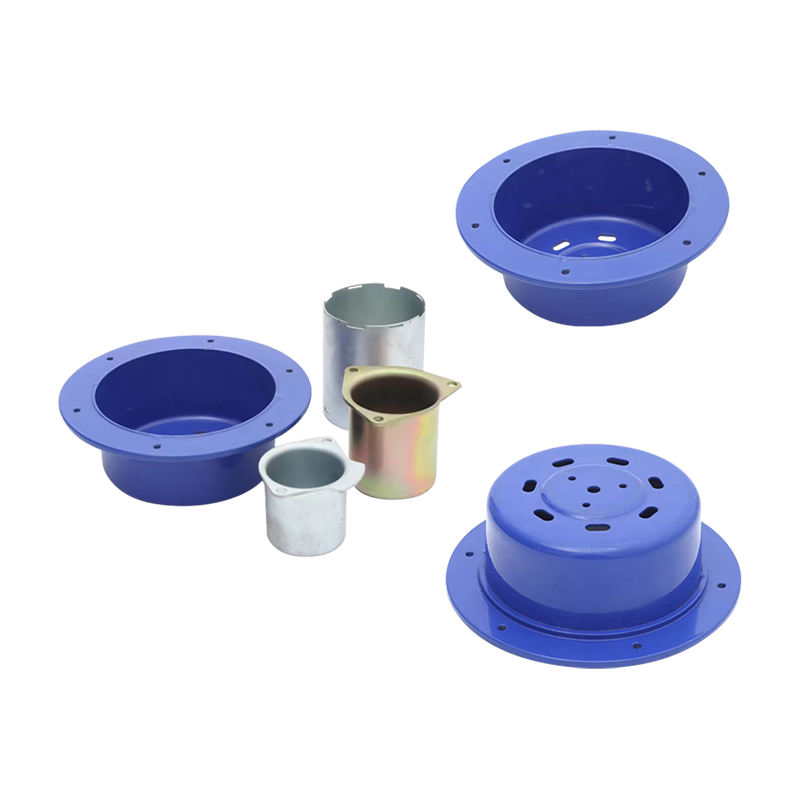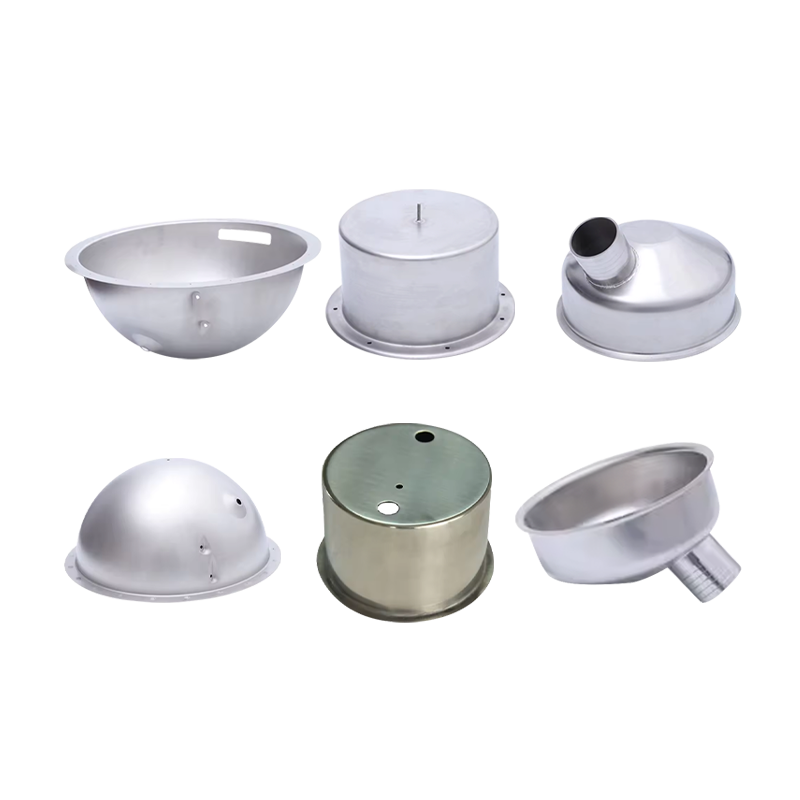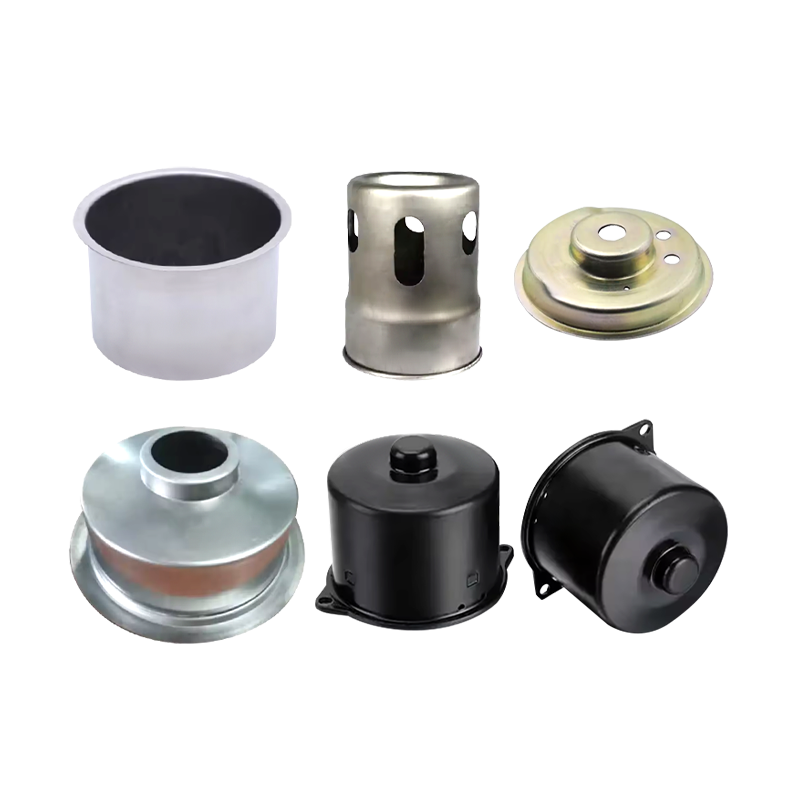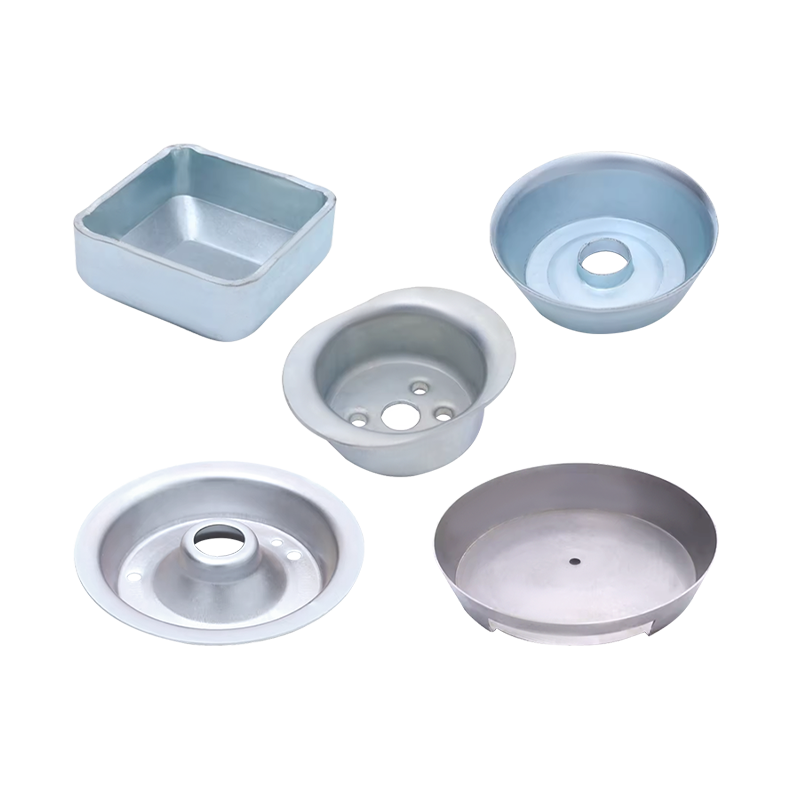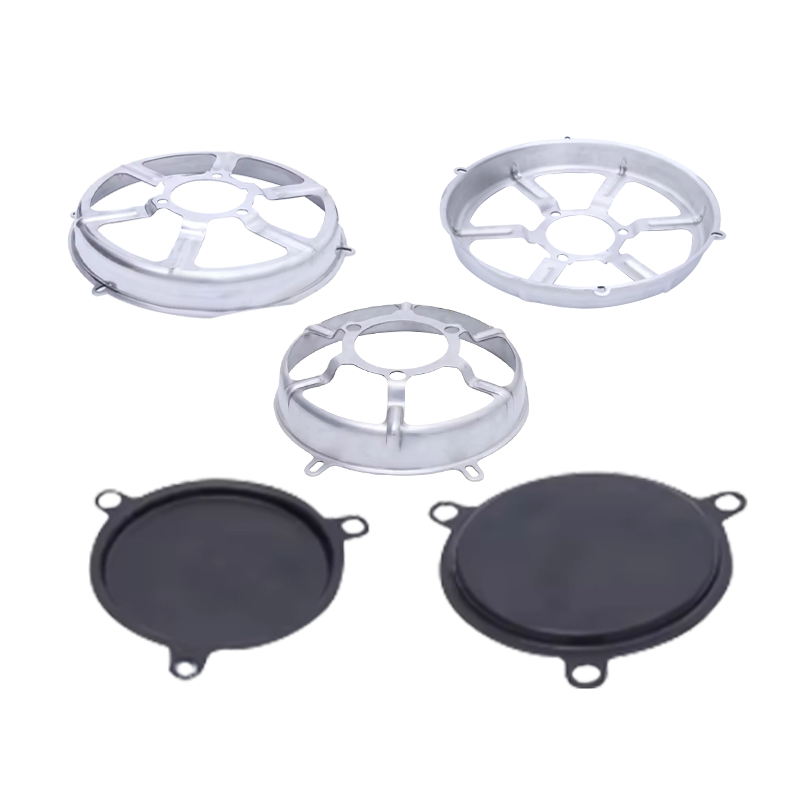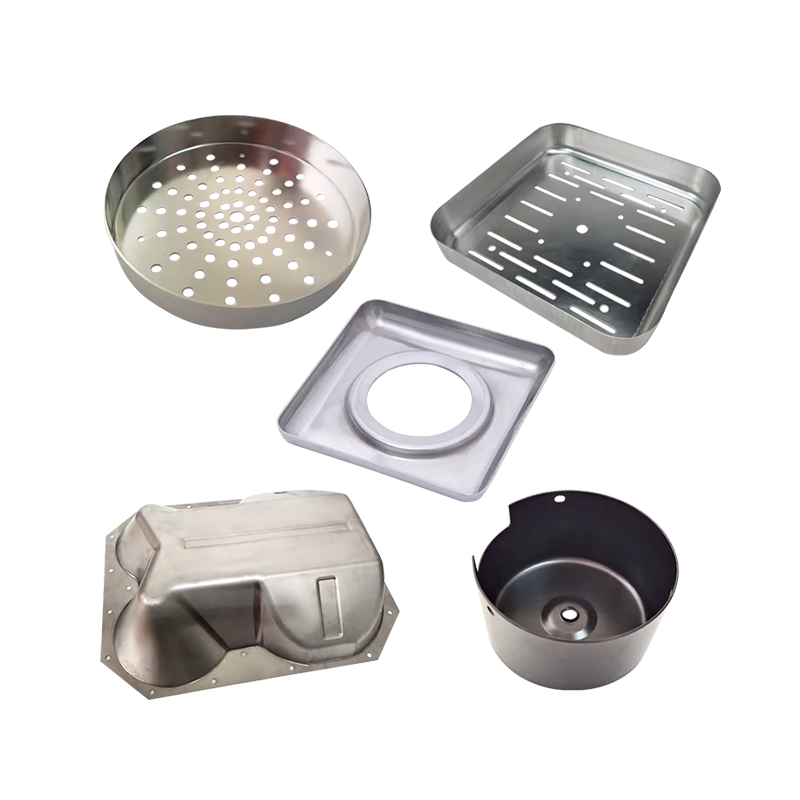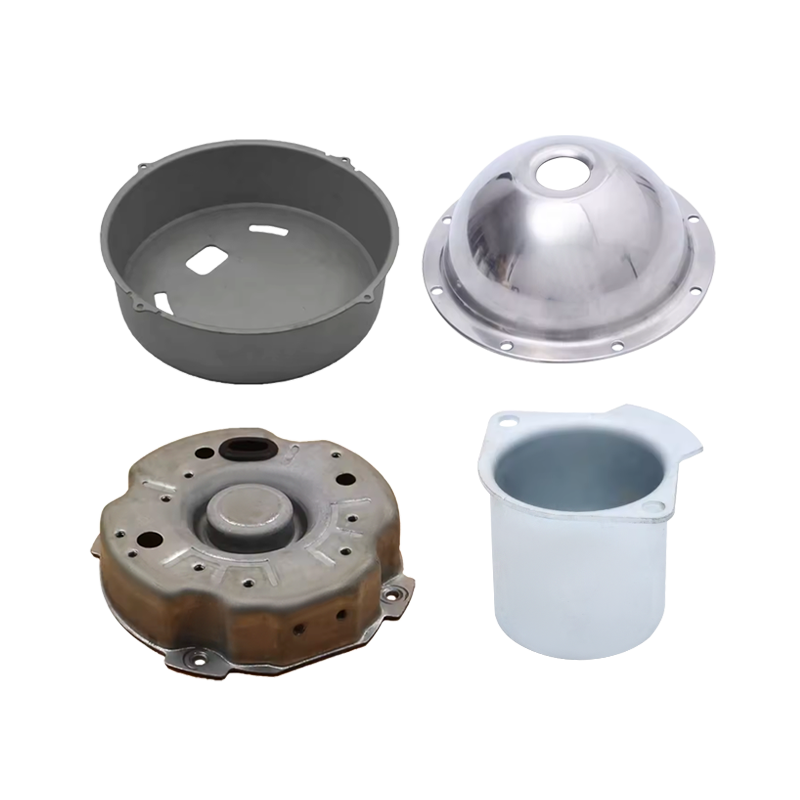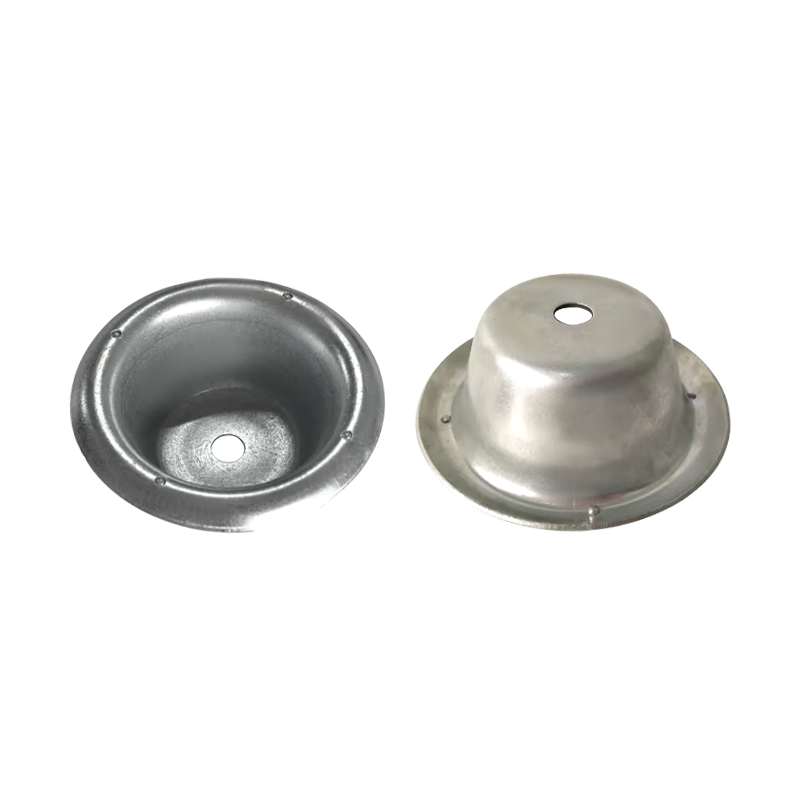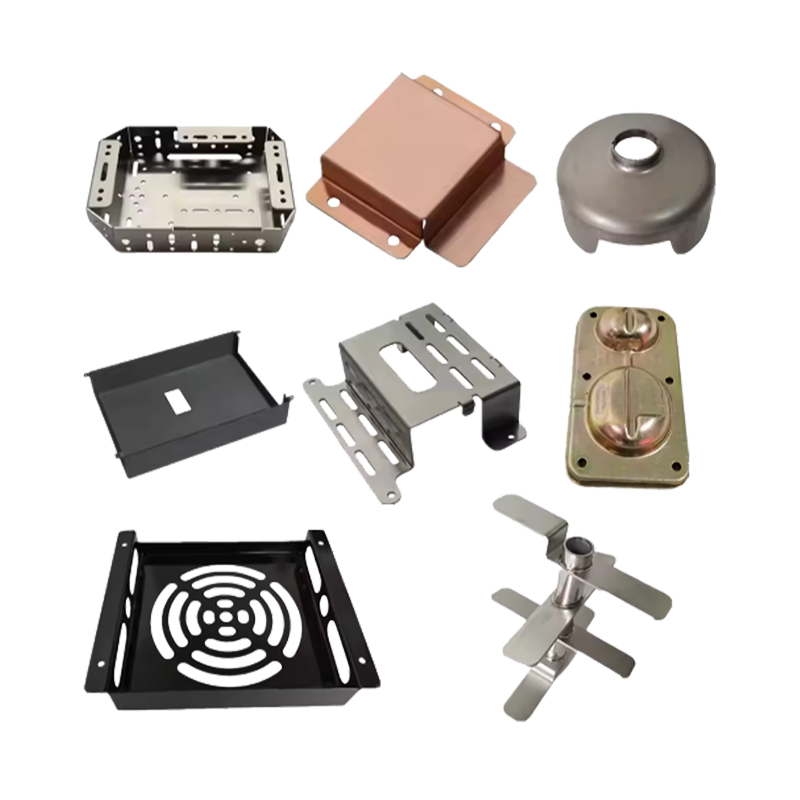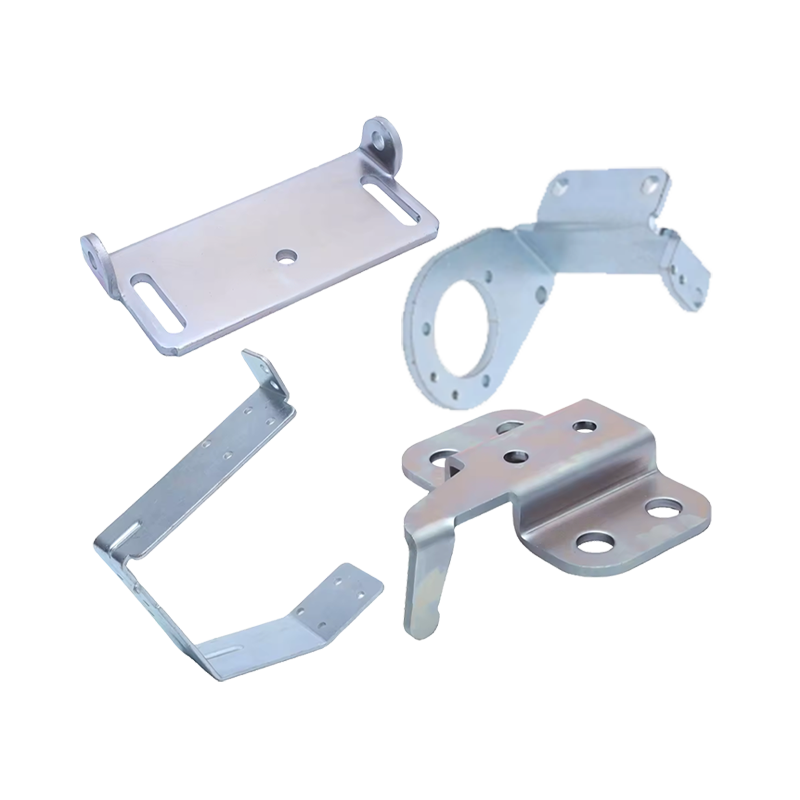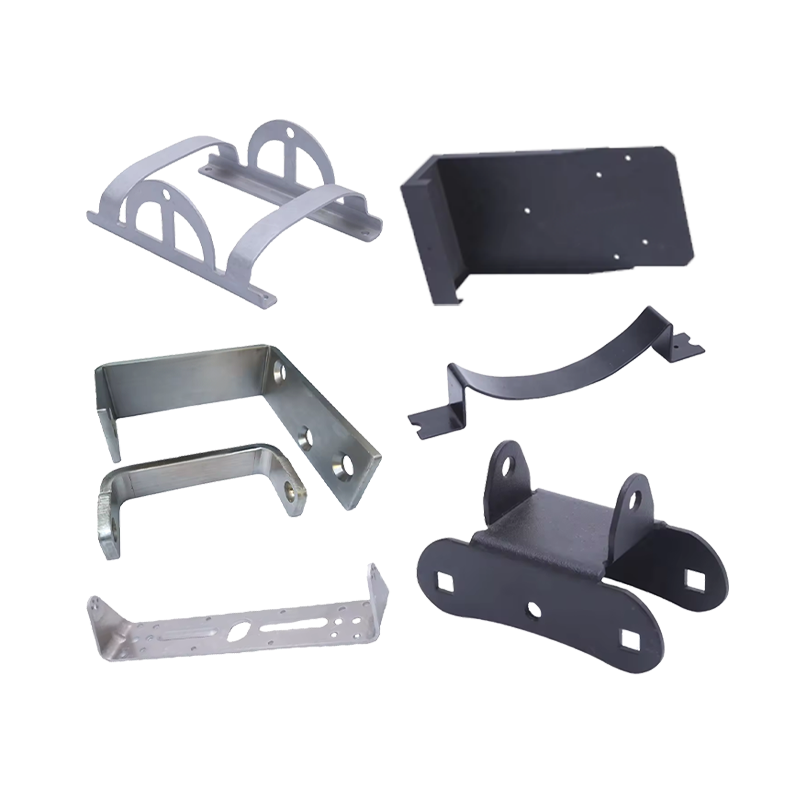Web Menu
Product Search
Exit Menu
News categories
RECENT POSTS
-
What to do if burrs appear on metal stamping parts? How to avoid them?
Dec 09,2025 -
What are Metal Bending and Drawing Parts?
Dec 02,2025 -
Precision Deep Drawing & Metal Stamping Solutions | High-Volume Manufacturing Expertise
Dec 01,2025 -
Which Round Stainless Steel RV Small Cooker Sink With Glass Saves Space? Exploring Space-Efficient Solutions for Mobile Living
Nov 28,2025 -
When Selecting Metal Prts, How to Quickly Match the Mechanical Properties with Actual Application Scenarios?
Nov 21,2025
Why do RV travelers love stainless steel sinks?
Content
- 1 1. Product features of stainless steel RV sinks
- 2 2. Core advantages of stainless steel RV sinks
- 3 3. The actual role of stainless steel sinks in RV travel
- 4 4.Stainless steel sink vs. other material sink comparison
- 5 5.How to choose a high-quality stainless steel RV sink?
- 6 6. Precautions for using stainless steel RV sinks (Guide to extend life)
In RV travel, the design and equipment of the kitchen area are crucial, and the sink is one of the most frequently used components, and its material and performance directly affect the travel experience. Stainless steel sinks are the first choice for many RV enthusiasts because of their durability, easy cleaning and strong adaptability.
1. Product features of stainless steel RV sinks
The reason why stainless steel sinks are widely favored by RV travelers is inseparable from their unique material properties and design advantages.
Ø High-quality 304 stainless steel material
Most high-quality RV sinks are made of 304 stainless steel (18/8 stainless steel), containing 18% chromium and 8% nickel. It has strong corrosion resistance and oxidation resistance. It is not easy to rust or discolor after long-term use, and is suitable for outdoor changing environments.
Ø Lightweight design
Compared with cast iron or ceramic sinks, stainless steel is lighter and will not add too much weight to the RV, which is beneficial to fuel economy and vehicle balance.
Ø One-piece molding process
High-end stainless steel sinks are stamped and molded in one piece, without seams or welding points, to avoid dirt and grime, while enhancing structural strength and preventing water leakage.
Ø Anti-noise treatment
Some stainless steel sinks are equipped with sound-absorbing pads or shock-proof coatings at the bottom to reduce the noise caused by water flow impact and improve the comfort of RV life.
Ø Multi-functional adaptability
Can be matched with foldable faucets or pull-out faucets to save space.
Support single-slot, double-slot or drain rack design to meet different cooking needs.
2. Core advantages of stainless steel RV sinks
l Super durability, adaptable to various environments
RV travel often faces complex climates such as humidity, high temperature, and cold. The corrosion resistance of stainless steel sinks makes it stable in environments such as the seaside, plateau, and desert, and it will not age or crack like plastic or ceramic sinks.
l Easy to clean, hygienic and safe
The surface is smooth, and oil and food residues are not easy to adhere to, and they can be cleaned with a wipe.
Strong antibacterial property, not easy to breed bacteria, in line with food safety standards.
Can be directly scrubbed with a steel wool, will not leave scratches like acrylic sinks.
l Impact resistance, not easy to break
RVs are inevitably bumpy during driving, stainless steel sinks are more resistant to falling than ceramic sinks, and will not break due to vibration or accidental collisions.
l High temperature resistance, strong applicability
Can be directly poured into boiling water, will not deform or release harmful substances (some plastic sinks may release chemicals when exposed to high temperatures).
Suitable for quick cleaning of pots after cooking to improve efficiency.
l Environmentally friendly and recyclable, in line with sustainable development
Stainless steel is 100% recyclable, more environmentally friendly than plastic sinks, and reduces resource waste.

3. The actual role of stainless steel sinks in RV travel
Improve outdoor cooking experience
The large-capacity single-sink design can wash vegetables and tableware at the same time to improve efficiency.
The sink with a drain rack is convenient for draining dishes and saves countertop space.
Adapt to the needs of long-distance travel
When camping in the wild, you can directly use a portable water purifier to collect water for use, and the stainless steel material will not affect the water quality.
Strong durability, reducing the frequency of maintenance and replacement, suitable for long-term travelers.
Optimize the use of RV space
The light and thin design saves space and can be matched with a folding faucet or a hidden drainage system.
Some models support customized sizes, perfectly adapting to different RV kitchen layouts.
4.Stainless steel sink vs. other material sink comparison
|
Comparison items |
Stainless steel sink |
Plastic sink |
Ceramic sink |
Cast iron sink |
|
Durability |
impact resistant, corrosion resistant |
easy to age, easy to scratch |
easy to break |
thick but easy to rust |
|
Difficulty of cleaning |
clean with one wipe |
easy to stain |
easy to leave scale |
regular maintenance required |
|
Weight |
lighter |
lightest |
heavier |
heaviest |
|
High temperature resistance |
can withstand boiling water |
easy to deform at high temperature |
high temperature resistant but afraid of sudden cold and heat |
(high temperature resistant |
|
Price |
medium to high |
economical |
medium |
expensive |
|
Applicable scenarios |
RV, outdoor camping |
Short-term travel, low-cost conversion |
Fixed RV or retro style |
High-end RV (less common) |
From the comparison, it can be seen that stainless steel sinks are fully ahead in terms of durability, ease of cleaning, high temperature resistance, etc. Although the price is slightly higher, the long-term use cost is lower, making it the best choice for RV travel.
5.How to choose a high-quality stainless steel RV sink?
Look for 304/316 stainless steel
The corrosion resistance of stainless steel depends on its composition. RV sinks should be selected as follows:
304 stainless steel (18/8 stainless steel): contains 18% chromium and 8% nickel, has strong corrosion resistance, and is suitable for most environments.
316 stainless steel (marine grade stainless steel): contains 2% molybdenum, is resistant to salt spray corrosion, and is suitable for coastal or high humidity areas.
Avoid 201 stainless steel: contains high manganese, is easy to rust, and long-term use may affect water quality.
Identification method:
Check the product label or manual to confirm the material marking.
Test with a magnet: 304/316 stainless steel is non-magnetic or weakly magnetic, and 201 stainless steel is more magnetic.
Choose one-piece molding process and refuse welding models
High-quality stainless steel sinks should be stamped in one piece rather than welded for the following reasons:
No seams: avoid the risk of dirt or water leakage.
High strength: The overall structure is more stable and has strong pressure resistance.
Easy to clean: Smooth inner wall without dead corners, easier to clean.
Inspection method:
Observe the inner wall and corners of the sink to ensure that there are no welding marks.
The size matches the RV kitchen space
RV countertop space is limited, so the size needs to be selected according to actual needs:
Common sizes:
Single sink: 40×30cm to 50×35cm (suitable for small RVs).
Double sink or with drain rack: width needs to be more than 50cm (suitable for medium-sized and above RVs).
Depth recommendation: 15-20cm, too shallow and easy to splash water, too deep to occupy the storage space below.
Purchase tips:
Measure the size of the countertop opening in advance to ensure that the sink can be embedded.
Choose a brand with customizable size (some manufacturers support non-standard customization).
Functional design is selected on demand
According to usage habits, pay attention to the following design details:
Splash-proof edge: reduce splashing when washing.
Drain rack: foldable or detachable design to save space.
Silencer pad: Add a rubber or foam layer to the bottom to reduce water flow noise.
Drainage system: Quick drain design is preferred to avoid blockage.
Suggested application scenarios:
Short-distance travel: single sink + folding drain rack (lightweight).
Long-term travel: double sink or large single sink (to improve efficiency).
Accessory compatibility and installation method
Faucet adaptation: Confirm that the reserved hole position of the sink (single hole/double hole) matches the original faucet of the RV.
Installation method:
Above-the-counter installation: simple but easy to accumulate dirt on the edge.
Under-the-counter installation: beautiful and easy to clean, but requires professional construction.
Water purification system compatibility: If you need to connect a water filter, choose a model with an expandable drain port.
6. Precautions for using stainless steel RV sinks (Guide to extend life)
Precautions for daily use
Avoid long-term soaking or water accumulation
Wipe the sink dry in time after use to prevent water stains from depositing (scale is easy to remain in hard water areas).
Lift the drain rack after draining to avoid long-term moisture on the bottom.
Do not pour high-temperature oil directly
Hot oil may damage the surface. It is recommended to rinse after cooling.
If oil stains adhere, use neutral detergent + hot water to soften and clean.
Prevent sharp objects from scratching
Avoid using sharp objects such as knives and scissors to directly contact the bottom of the sink (although stainless steel is scratch-resistant, deep scratches will hide dirt).
Use a soft cloth or sponge instead of a steel wool when cleaning (unless it is a stubborn stain).
Use strong acid and alkali cleaners with caution
Corrosive cleaners such as bleach and hydrochloric acid will damage the passivation film on the surface of stainless steel.
It is recommended to use neutral detergent + baking soda or a special stainless steel cleaner.
Cleaning and maintenance tips
General cleaning method
Daily cleaning: warm water + detergent, wipe with a soft cloth and dry immediately.
Descaling: soak in white vinegar for 10 minutes, then brush lightly with a scouring pad (suitable for hard water areas).
Restore gloss: wipe the surface with olive oil or special stainless steel care agent.
Stubborn stain treatment
Food residue clumps: remove with a plastic scraper to avoid scratches from metal tools.
Rust: gently wipe with lemon juice + salt, or use stainless steel rust removal paste.
Drain system maintenance
Clean the filter regularly to prevent clogging with vegetable residue.
Flush the pipes with hot water + baking soda every month to remove oil accumulation.
Protective measures for long-term non-use
If the RV is parked for a long time, it is recommended to:
Clean and dry the sink thoroughly to avoid rust caused by humid environment.
Apply food-grade mineral oil (such as olive oil) to protect the surface.
Drain the sewer pipe to prevent odor or bacteria from growing.
Taboos for matching with other materials
Avoid contact with iron utensils: long-term storage of iron pots, knives, etc. may cause electrochemical corrosion (rust spots).
Use chlorine-containing products with caution: bleach will accelerate the oxidation of stainless steel.
Common problem handling
Q1: What should I do if rust spots appear on the stainless steel sink?
Cause: It may be caused by iron filings left on iron objects (such as kitchen knives).
Solution: Wipe with stainless steel special cleaner or toothpaste.
Q2: Will scratches on the surface affect use?
Shallow scratches: Only affect the appearance, and can be repaired with a polishing cloth.
Deep scratches: If the plating has penetrated, anti-rust treatment is required (apply cooking oil to isolate the air).
Q3: Why is there an odor at the bottom of the sink?
Check whether the drain pipe is blocked and disinfect it regularly with boiling water + baking soda.
Analysis of sheet metal deep drawing process: How to create high-precision stainless steel deep-drawn steel cover parts?
A complete analysis of metal bending parts processing technology: from traditional bending to precision forming
related products
Whether you want to become our partner or need our professional guidance or support in product selections and problem solutions, our experts are always ready to help within 12 hours globally
contact UsPhone:+86 139-5824-9488
FAX :+86 574-86150176
E-mail: [email protected] [email protected]
Address: Unit 2, Building 19, Zhichuangzhizao Park, Chengdong Industrial Zone, Xiangshan, Ningbo,315705, Zhejiang, China

 English
English 中文简体
中文简体 Español
Español